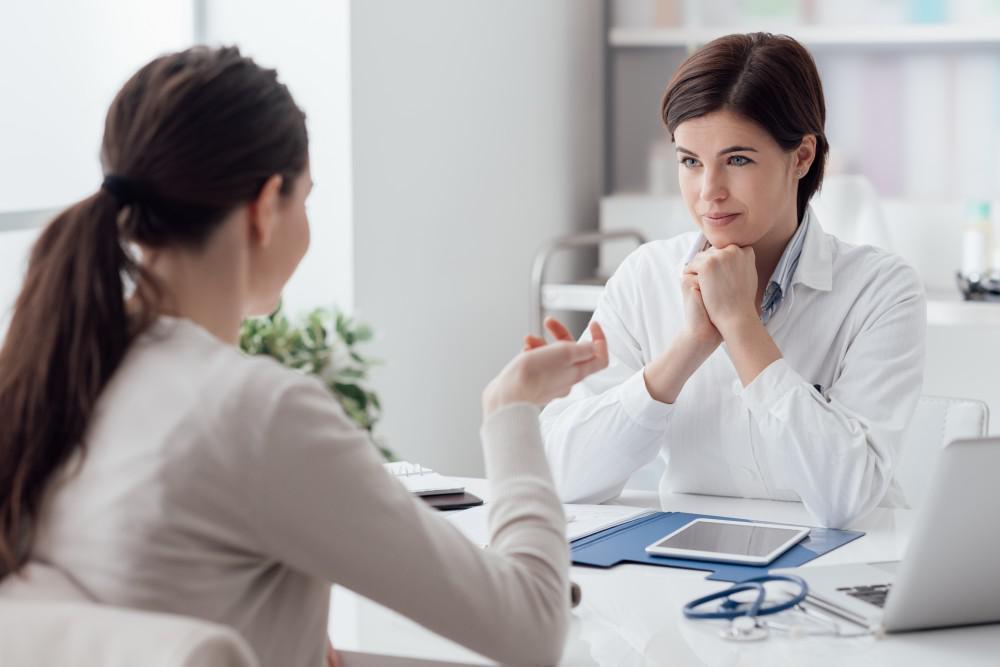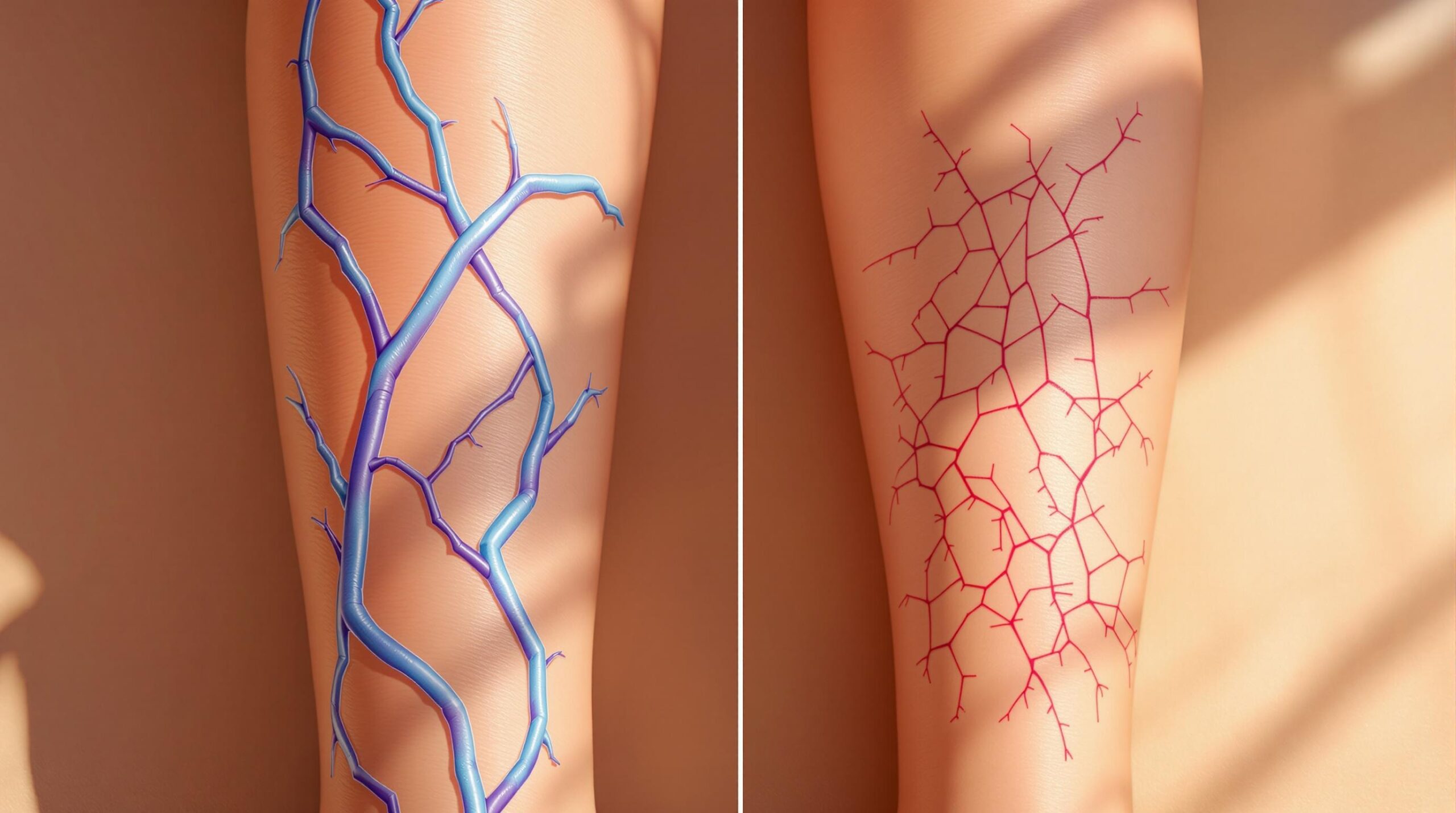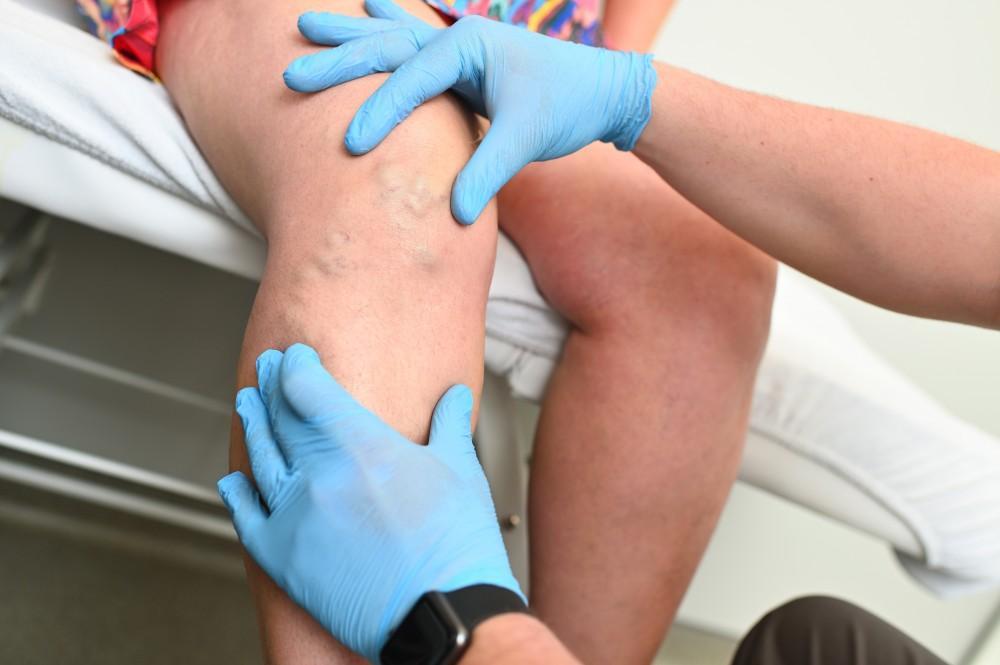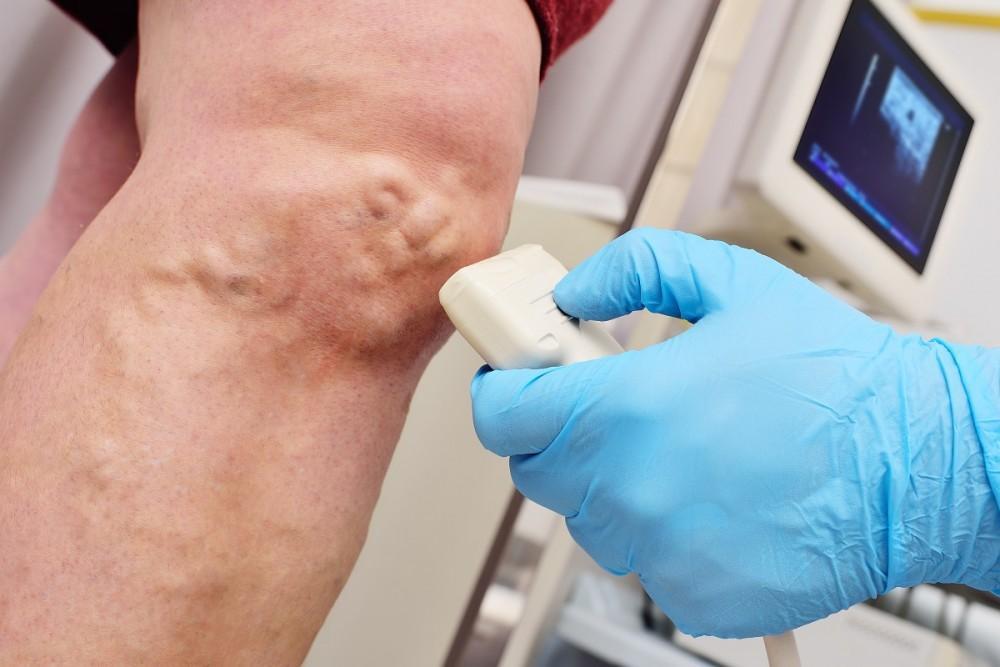Millions of Americans live with the pain and embarrassing appearance of varicose veins. Their distinctive look is difficult to miss and can be the cause of other health problems. Varicose veins have a number of risk factors and mostly affect older people, though people as young as 20 develop them, too. This condition can be uncomfortable, even painful, and getting relief from them isn’t just a cosmetic issue.
Fortunately, though varicose veins can come with other complications, the most common concern with varicose veins is the way they look. Rishin Shah, MD of Prime Heart and Vascular in Allen, Frisco, and Carrolton, Texas, has over a decade of experience treating various vascular issues and is ready to help you reclaim your legs from unsightly varicose veins. Dr. Shah is proud to offer several treatments for varicose veins and a chance for you to have a higher quality of life.
How did I get these?
Standing, though a seemingly healthy decision, can make it hard for blood to move from your feet back to your heart. Standing for long periods of time makes it even more difficult for you to have proper circulation, and many people who stand for long periods of time at work are at risk of developing varicose veins. Being older, being a woman, experiencing hormone changes, and being obese are also risk factors for developing varicose veins.
Symptoms of varicose veins
The signature dark, twisted veins of this condition are often enough to know what’s affecting you. Other signs and symptoms of varicose veins are still present, though, and it’s important to look out for them.
Leg cramps
If your diet doesn’t contain enough potassium, you could experience cramping at any age. Some even might associate leg cramps with aging and do their best to ignore them. If you are experiencing leg cramps at night, particularly if you are older, you might be developing varicose veins.
Heaviness and aching in the legs
Varicose veins can take a toll on your muscles. If you’re feeling heaviness in your legs after physical activity, including after walking, you may be at risk of developing varicose veins, or you may already have them. Continue to pay close attention to your body. If your legs are feeling heavy and achy at the end of the day, or after standing for a long time, consider giving our office a call.
Irritated ankles and legs
Varicose veins dehydrate your skin, but can also trigger a complication: varicose eczema. Itchy ankles and itchy feet are a symptom of varicose veins, but varicose eczema causes patches of skin around your varicose veins to be dry, flaky, and quite uncomfortable.
How we can help you
Varicose veins can cause so much discomfort, as well as pose other problems. On rare occasions, this condition has serious complications. It is possible, but rare, that a vein makes it so close to the surface that it ruptures, causing bleeding. Blood clots have occasionally been associated with varicose veins, and skin ulcers are also a small risk with this condition.
You don’t have to live with the symptoms and risks of varicose veins. We offer endovenous ablation, sclerotherapy, and if necessary, surgery to restore your legs. We’re here to answer your questions, recommend treatment, and give you back something that you may have lost to varicose veins. If you’re tired of the look and feel of this condition, please call us today at 972-295-7017, or book an appointment with us online.





